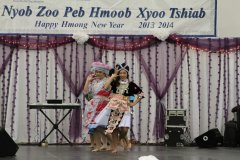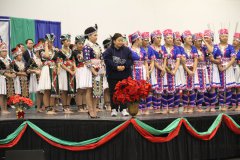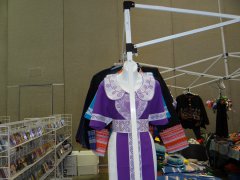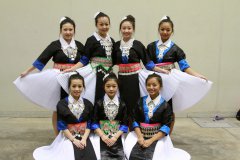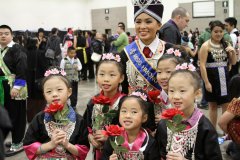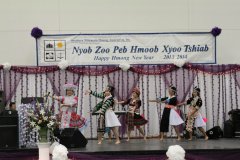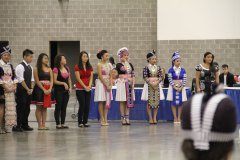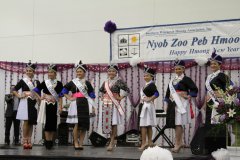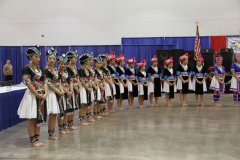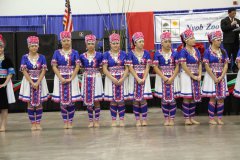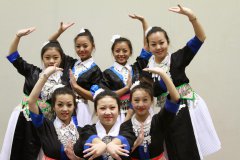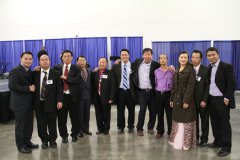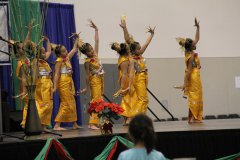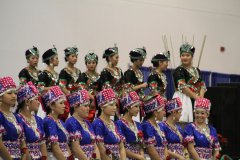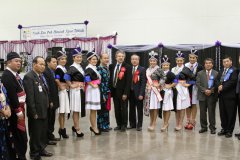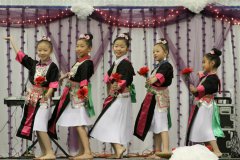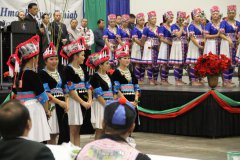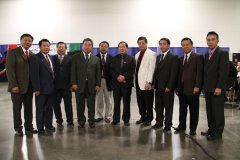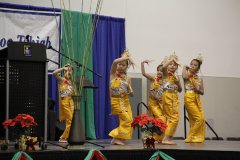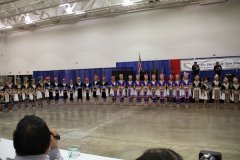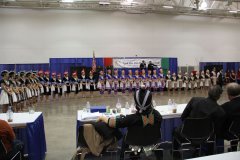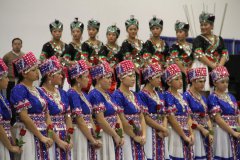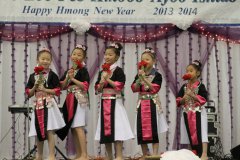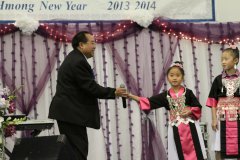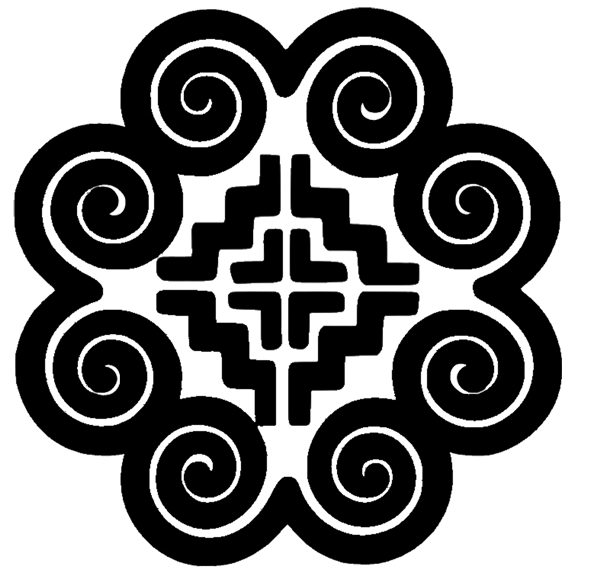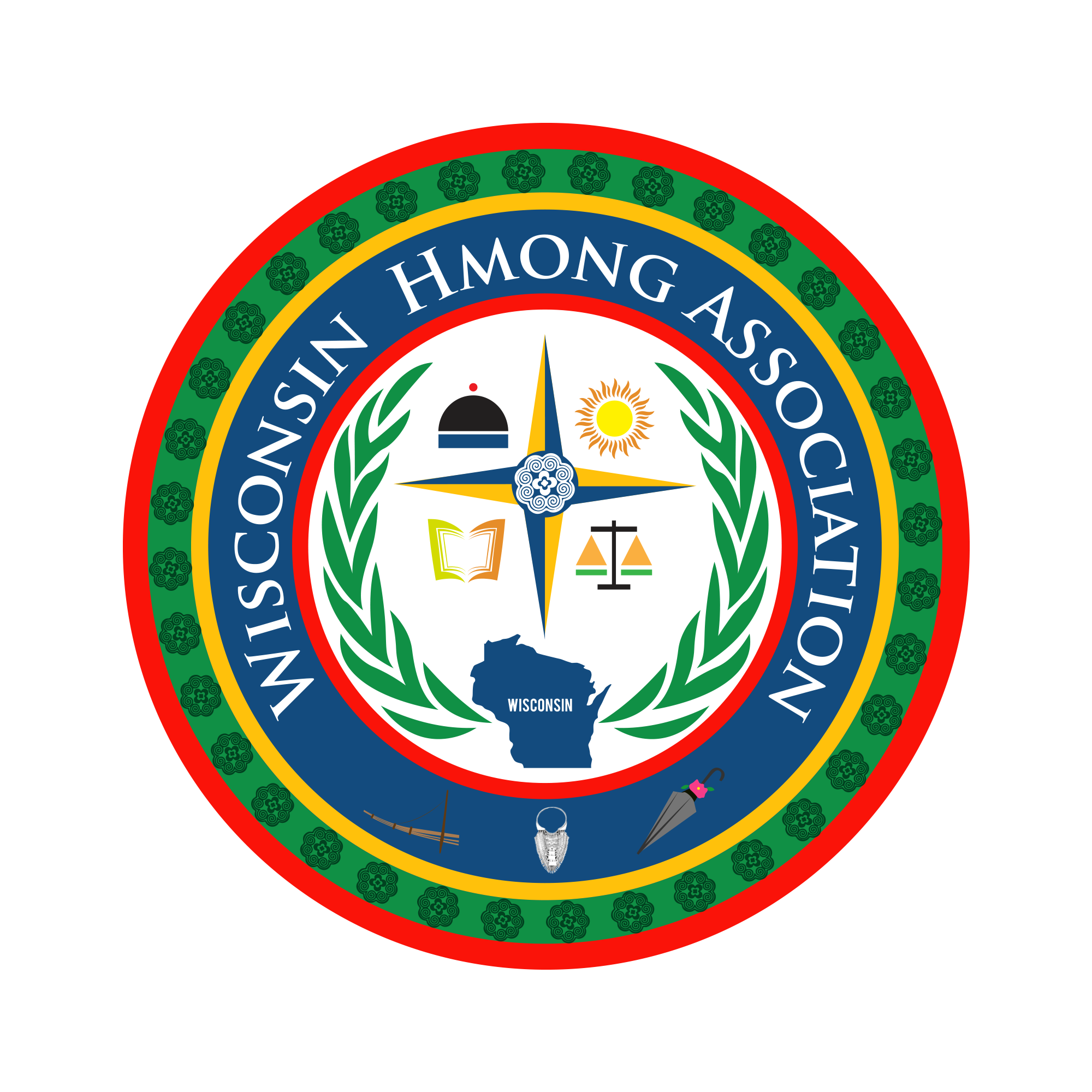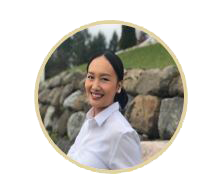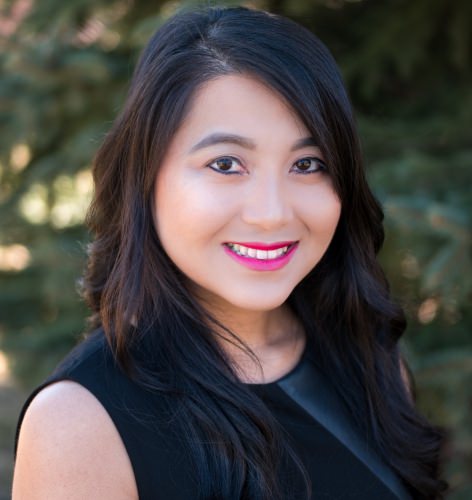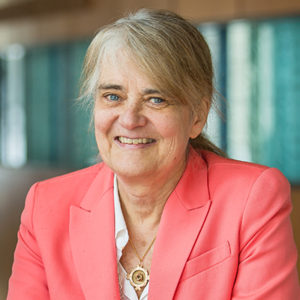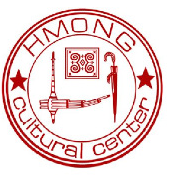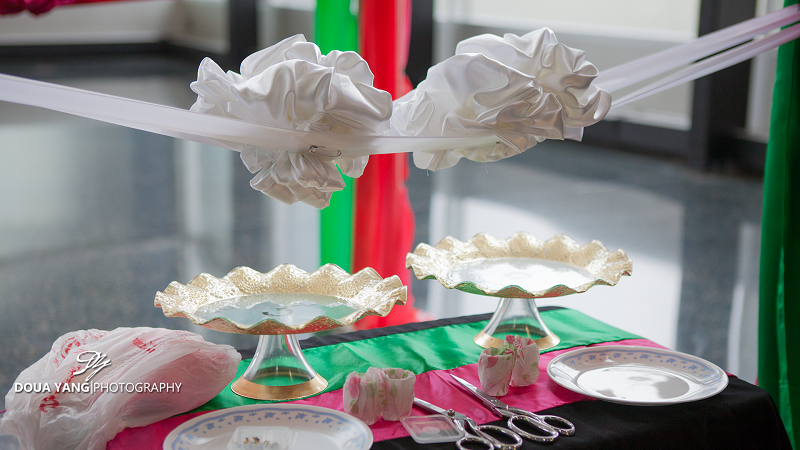
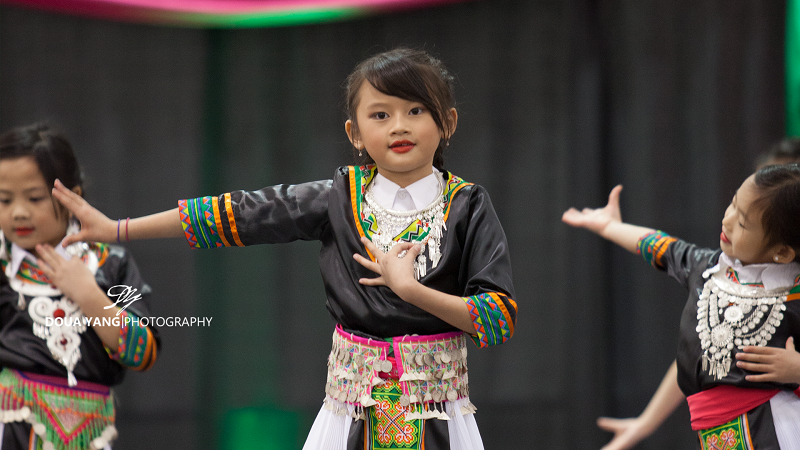


Assistant Facilities Director
Job Description/Responsibilities: Plan, direct, coordinate, and evaluate the custodial department and work with the mechanical team on maintenance and repair of facilities, grounds, and equipment for Overture Center for the Arts.
• Support the Director of Facilities in implementation of policies, procedures and programs
• Manage custodial staff and operations including vendor contracts and facility set-ups/tear-downs.
• Principal AkitaBox (CMMS) administrator.
• Develop skills, knowledge of the building and best practices with the goal of succeeding the Director of Facilities.
• Uphold high standards in quality workmanship and the design aesthetic of the building’s founders and architects.
• Effectively manage the facility using AkitaBox.
• Assume increasing responsibility and learn the functions necessary to transition into the role of Facility Director.
• Effectively manage the custodial staff and maintain a clean and safe facility.
![]()
Now Hiring In DeForest!
Looking for Reliable , Flexible Employees to join our team
|
Seasonal Forklift Operators earn $15.00/hr plus $200 bonus Seasonal Housekeeper earn $11.90/hr Seasonal Facilities Maintenance earn $12.80/hr Seasonal Warehouse Processor Positions earn $12.00/hr Pickers - accurately pick product and audit Packers - Pack orders, ear piercing, gift wrap, gift messages and cards, loosefill, staging, data entry Breakout - Break product from cartons and palletize, load and unload trucks These positions are physical in nature. Must be able to lift up to 30 Ibs repetitively throughout the day. |
|
DAY, EVENING and WEEKEND ONLY Shifts Available Approximately 20 hours per week and increasing to 40 plus hours per week during our peak season (November-December) or as needed due to order volume.
B Shift (5pm-1:30am) receives $1.50/hr. shift differential Any hours worked on weekend receive additional $1.00/hr
|
Come work for a company with a fun, energetic culture! We offer fantastic American Girl & Mattel product discounts.
Enjoy exciting drawings for fabulous prizes, treat days, holiday luncheons and more!!
Please apply online @ http://mattel.com/careers and select the jobs tab and location DeForest, WI.
Apply in person or call with questions
612 Burton Blvd. DeForest WI 53532 608.836.2700 ext: 3227
Employment Opportunity
- Seasonal Facilities Maintenance Tech
- Seasonal Forklift Operator
- Seasonal Housekeeper
- Seasonal Warehouse Processor
American Girl is an equal-opportunity employer F/M/Disability/Vet
UW Hmong-American nurse brings her community to the doctor’s office
Nursing student Maichou Lor wanted to bring her fellow Hmong community members out of the shadows and into the doctor’s office.
Lor, who recently received her Ph.D. from the University of Wisconsin–Madison School of Nursing, was born in a refugee camp in Thailand before her family immigrated to Madison. As she pursued nursing, starting in high school, Lor discovered that the Hmong immigrant community lacked access to major medical care because low rates of literacy and English proficiency kept their health status murky. In an interdisciplinary research program, Lor developed new survey tools that respond to the needs of the Hmong, which she hopes can help close gaps in access to care among her own community and other underserved populations.
Along the way, she became the first Hmong-American nurse to earn a Ph.D. in the United States.
“Throughout my whole life, I saw a lot of inequalities and injustice in issues surrounding health care,” says Lor, “not just among the Hmong population. It’s the Cambodian population, the Laotian population, a lot of Southeast Asian populations who have gone through the same kind of history that we have are also struggling.”
Following the Vietnam War, Wisconsin became a hub for displaced Hmong from Southeast Asia immigrating to the United States. The Hmong community is the largest Asian population in Wisconsin, which has the third-largest Hmong population, behind California and Minnesota. According to the U.S. Census Bureau, more than 54,000 Hmong lived in Wisconsin in 2015, nearly 20 percent of all Hmong in the country.
As an undergraduate nursing student at the UW, Lor partnered with three other Hmong students to try to survey the local Hmong population about cancer screening. But the group found that written surveys, even if they only asked for true-false answers, resulted in mostly blank responses.
“We ended up just reading the questions and having people raise their hands to respond, but we realized there’s contamination, because they just looked around at how others were responding,” says Lor. “That was an ‘aha’ moment for me, to realize we can’t collect data from this population, and I’m sure there are other populations experiencing the same thing.”
Lor saw that without an effective way to ask Hmong about their health, there was no way to fully integrate them into the health care system. In graduate school, she worked with an interdisciplinary group of mentors to create a data collection tool that responded to the needs of the Hmong community.
“She’s just tenacious. She’s the most curious student I’ve ever had. She ends up being a cultural broker for a lot of people in the Hmong community.”
Barbara Bowers
She adapted a survey system from sociology that combines prerecorded oral translations in the Hmong language, written text in English and color-coded responses to facilitate communication and to accommodate any level of language proficiency. In addition, a family helper was included to assist with the survey completion process. The tool allowed Lor to successfully survey all of her study participants on their health status, without missing responses.
One concern was that respondents might be reluctant to answer a question that may be sensitive or potentially embarrassing in the presence of family members. To test this, Lor included a question about frequent urination.
“What I realized is because I translated the question in a culturally sensitive way, people were fine answering it, and they didn’t see any question as being too sensitive or embarrassing to answer,” says Lor.
“She’s just tenacious. She’s the most curious student I’ve ever had,” saysBarbara Bowers, the associate dean for research at the School of Nursing and Lor’s advisor. “She ends up being a cultural broker for a lot of people in the Hmong community.”
“I’m hoping she comes back here and establishes her own center for Hmong health at the university,” says Bowers.
Lor is leaving Madison in August to train in informatics and data visualization at Columbia University. She wants to find ways to communicate with her patients about their health that bypass linguistic and cultural barriers. But Wisconsin remains her home.
“My family threw me a graduation party back in May, and I had some of my research participants come — they were sad I’m leaving. They’re often forgotten in research, in health, in everything, and they felt like I was a voice for them,” says Lor.
“I told people I will come back; I just have to go get another kind of tool to help me develop as a researcher and make a greater impact.”

Every odd year or so, some Hmong children are born with blond hair. Casual observers will wrongly assume these children have albinism. Though Hmong children can also be born with albinism, in general, Hmong people who are born light-haired are not necessarily albino.
The blond hair of Hmong children will generally fade into a light honey brown as they grow older. However, there are exceptions to the rule, some Hmong children remain blond their entire lives. In this case, some will choose to dye their blond hair black in order to conform to the norm. Unlike people raised in Western culture where blond hair is the highest achievement of beauty and glamour, traditionally, Hmong people prefer black hair and fair skin and do not care much for blond hair.
According to geneticists, there is a particular Hmong blond gene that is a very specific gene only found in the Hmong. This Hmong blond gene has very little to do with the Caucasian blond gene. It’s completely different from the Caucasian one, thus contrary to assumptions, blond Hmong children are not the result of the mixing of the two groups of people.
In ancient wars between the Han-Chinese and Hmong people, the blond haired Hmong fighters were easily spotted and picked off to attack. Meanwhile, in Southeast Asia, blond haired Hmong children are coveted by other ethnic groups and often targeted for kidnappings.
In other Asian ethnicities, there are no blond genes, so it is a very unique gene among the Hmong group. If a Hmong individual married a person of Chinese, Vietnamese or Korean ancestry, there is no chance their child would be born with fair hair because throughout history, none of those other Asian groups have ever developed blond genes. However, even if a Hmong individual, let’s say, married a blond Caucasian person, they would not automatically have a child born with blond hair because, as mentioned, the Hmong blond gene and the Caucasian blond gene are utterly different. Only marriage between two Hmong individuals who both carry the Hmong blond trait would result in a blond haired Hmong child.
http://hmongthrills.tumblr.com/post/88435065682/every-odd-year-or-so-some-hmong-children-are-born




